What You Need to Know About Print
The master departure between going to impress and designing websites is that in one case your design is on paper, there is no way to correct anything. You lot can patently throw everything and reprint, but it costs quite a lot.
In this article I want to take a look at some basic tips to brand sure the printing experience goes as shine equally possible. If you lot are a graphic designer, you may find this article as well basic, but still check if there isn't a point or two you are skipping.
1. Calibrate your monitor
This is the kind of grooming you can exercise to try to lower the differences betwixt what yous meet on your screen and what is printed. Unfortunatly information technology's impossible to be 100% accurate in terms of colors on your screen, because the screen has dorsum light that make colors look brighter. Even so having a skilful monitor and calibrating regularly will ensure a better quality of colors and less suprises at print.
Lifehacker has a unproblematic guide to monitor calibration.
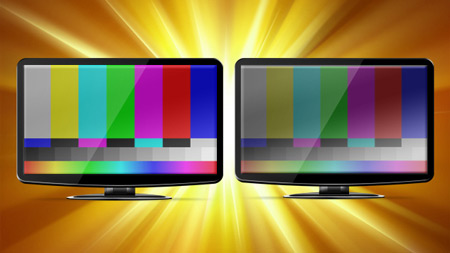
Image via Lifehacker.
2. Larn about trapping
Trapping is the process of compensating color to avoir ugly little white gaps when printing. Adobe has a very good picayune guide to trapping (PDF).
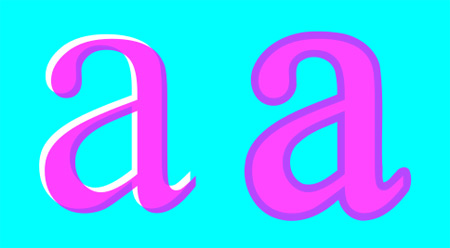
iii. CMYK is the style to go
Some printing techniques like inkjet large format printers will require you to work in RGB, just for common printed material such as brochures, business cards,… the way to go is usually first press and a CMYK workflow. This means all your images, graphics and documents should be using these color settings.
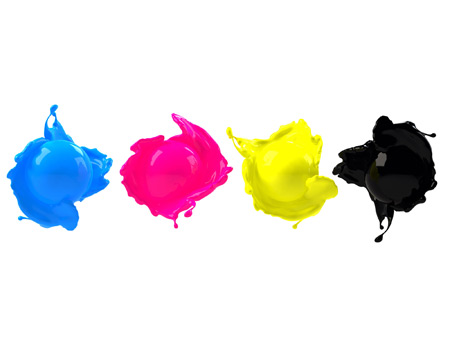
4. Chose your newspaper wisely
Matte, semi-glossy, sleeky, coated, uncoated,… there are many types of papers, each rendering your graphic design work differently. The weight of the newspaper tin too play a big role in giving people who acquit your brochure or cards a totally dissimilar feeling. Do non hesitate to contact paper companies and ask for some paper samples.
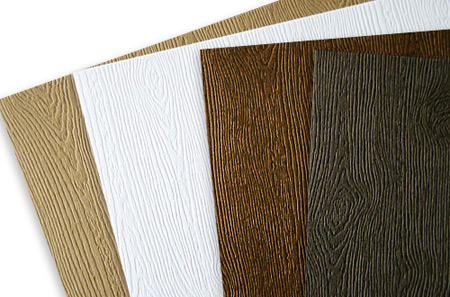
5. Talk to your print guy
Nobody know amend his machines than your press company, so why don't y'all ask them if they have file specifications, specific color profiles or other requirements. Your print guy can also send yous his visitor'south color profiles. Companies like Company Folder are a good example of printing company that communicates well with designers.
6. Learn about colour profiles
Profiles describe the color attributes of a particular device or viewing requirement by defining a mapping between the device source or target color space. Learn how to employ them and you'll make great progress with your colour management workflow. This thread on Adobe's forums explains how to handle this with InDesign.

7. Provide a hard copy of the last file
Information technology may seem a bit useless to some of you, but providing a printed copy to your impress visitor, even of poor quality, is very useful. It will preclude any problem of the document dimensions or this kind of issues. So exercise it!
8. Double check everything
Proofread the copy, bank check all addresses, phone numbers, emails, websites URLs,… your client volition mutter if in that location is whatsoever error on the certificate, fifty-fifty if you don't experience that it's your job as a graphic designer. Of course also cheque bad alignments, color problems, color profiles, and so on. Do a get-go cheque directly when you are done, and so let it rest and check it over again the next twenty-four hours, you'll exist amazed the difference information technology makes to look at it with fresh eyes.
9. Get someone else to cheque information technology for you
Because two pairs of eyes are more efficient than one. The other person that will command the piece of work will also see some things that you have stopped seeing because yous spent too long on the projection. Ideally hire a professional person to practise this, otherwise simply inquire information technology as a favor from someone you lot can trust.
10. Preflight your document
While you shouldn't rely on a preflight of your document merely, information technology can help to do it on your files before going to print. A preflight is the process of confirming that the digital files required for the press procedure are all present, valid, correctly formatted, and of the desired type. Information technology volition check if fonts are there, images at the right format, no color profiles mismatches and many other things.
Adobe'due south support forum has a tutorial on how to do a preflight in InDesign, or if you are using InDesign CS5 and more contempo versions, bank check out the alive preflights feature.
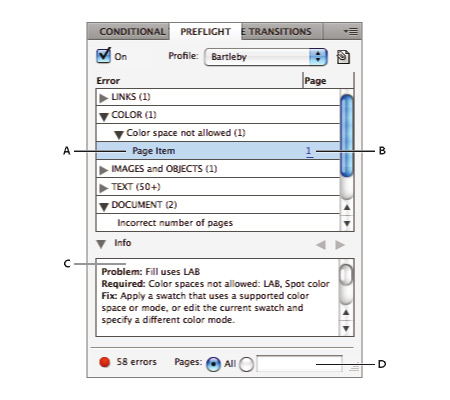
11. Make your images resolution 300dpi
While lower resolutions tin can still be ok and display non likewise bad, 300 dpi (dots per inch) is the optimum resolution for start printing.
12. Get your document approved by the client earlier going to print
Last merely not least, yous should allow your client do a last check on the certificate before going to print. Let him sign and take responsibleness for the content, you shouldn't be responsible for more than the layout and design of your piece of work.
Source: https://www.designer-daily.com/8-things-you-should-do-before-going-to-print-34915

0 Response to "What You Need to Know About Print"
Post a Comment